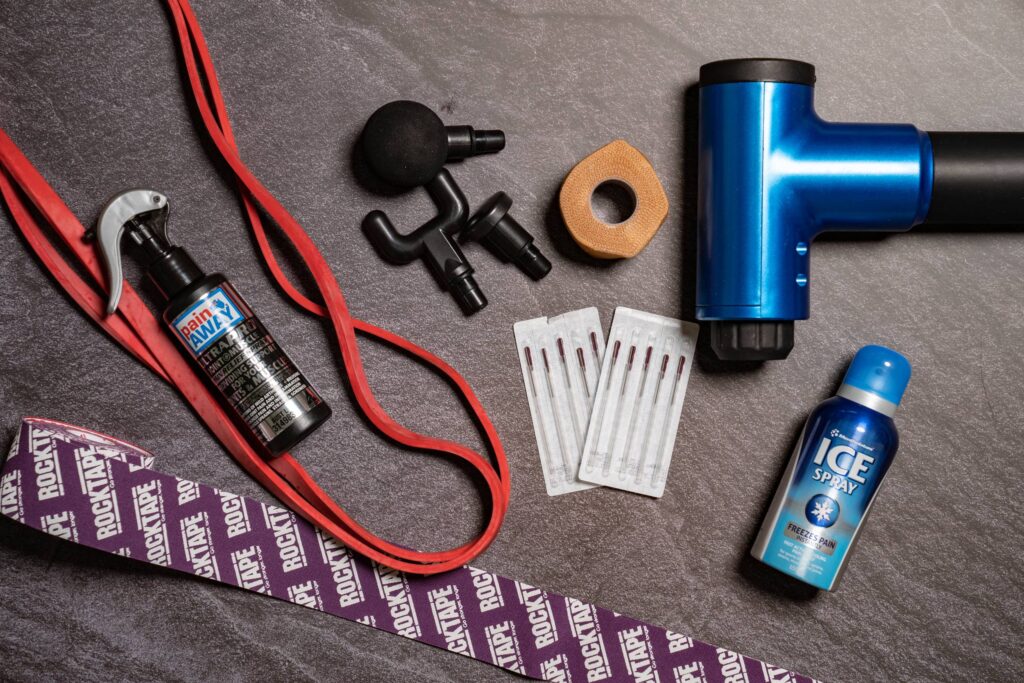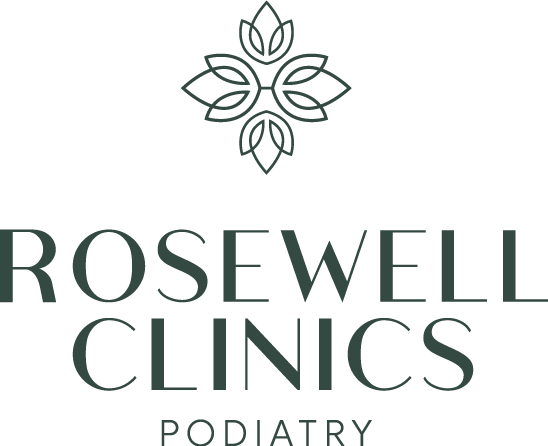Dry Needling & Mobilisation
Dry needling (intramuscular stimulation) is a treatment performed by a trained podiatrist, targeting muscle trigger points to reduce pain.
Dry needling is a minimally invasive technique whereby a single-use and sterile filament needle is gently inserted into the muscle trigger point to assist with pain reduction and improve muscle function. The stimulus works by releasing myofascial trigger points (commonly known as knots in the muscle).
When a myofascial trigger point is stimulated and released, two significant clinical phenomena occur: a local twitch response and referred pain.

Myofascial trigger points are localised, hyper-irritable points in tight bands of skeletal muscle or fascia, which, when they are compressed, cause referred pain and tenderness.
https://doi.org/10.3122/jabfm.2010.05.090296 (https://www.jabfm.org/content/ 23/5/640) https://doi-org.ezproxy.uws.edu.au/10.1016/j.ejpain.2008.02.006
The muscle is unable to move frequently, decreasing oxygen and blood flow that ideally flushes out acidic compounds and inflammation (McPartland, 2004; Simons et al., 1999). Muscles continue to tighten to compensate for the pain.
The occurrence of myofascial trigger points, is the body feeding back to us through a protective response to:
– Prolonged posture (e.g standing/sitting at work for long hours)
– Injury — muscles will tighten in an attempt to reduce the intensity of the injury
– Change in muscle loading or regular activity (e.g increased the number of sessions/volume/intensity in any physical activity)
– Quick and unexpected movements (e.g change in direction when walking)
– Nerve impingements — muscles try to protect the nerve by tightening
– Illness
– Nutritional deficiencies and or metabolic/endocrine conditions
Generally, we recommend this procedure to assist with: – Pain management – The release of myofascial trigger points (muscle knots) to restore functional movement
Although dry needling and acupuncture use similar techniques, the methodologies behind each theory differ. Acupuncture treats medical conditions by restoring the flow of energy and balance through the body. Dry needling targets pain reduction in an effort to restore muscular function, by directly releasing myofasical trigger points (muscle knots).
When the fine filament needle gently penetrates the myofasical trigger point, blood flow increases and allows the contracted muscle fibres to relax. Oxygenated blood and nutrients are carried into the muscle fibres, flushing acidic compounds. This physiological response, will result in decompression of local nerve and blood supply.
You may feel a mild sensation as the needle is inserted into the muscle. A short muscle twitch may occur during treatment, this is a positive indication that we have stimulated a myofasical trigger point.
Dry needling is one of our many treatment techniques which may be used as part of your treatment and/or pain management program. Research has indicated that dry needling is often most effective in conjunction with other treatment protocols, depending on what musculoskeletal and biomechnical problems are occurring.
In every form of treating, there is associated risk. Research indicates that adverse effects reported to date, have been mild and not significant. The estimated risk of significant adverse effects can be considered, at worst, rare (doi: 10.1179/2042618613Y.0000000044).
We advise a light walk, or some stretching after treatment, supporting the body in adjusting and continuing blood and oxygen flow. We generally recommend avoiding high impact exercise for at least 24-48 hours after you receive your treatment.
